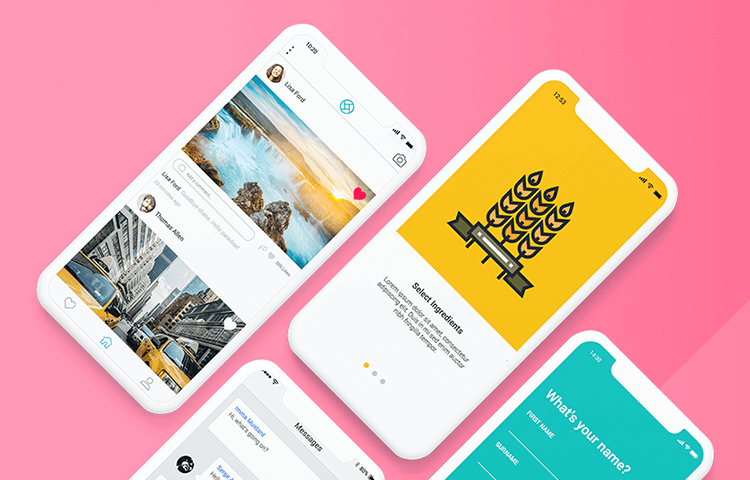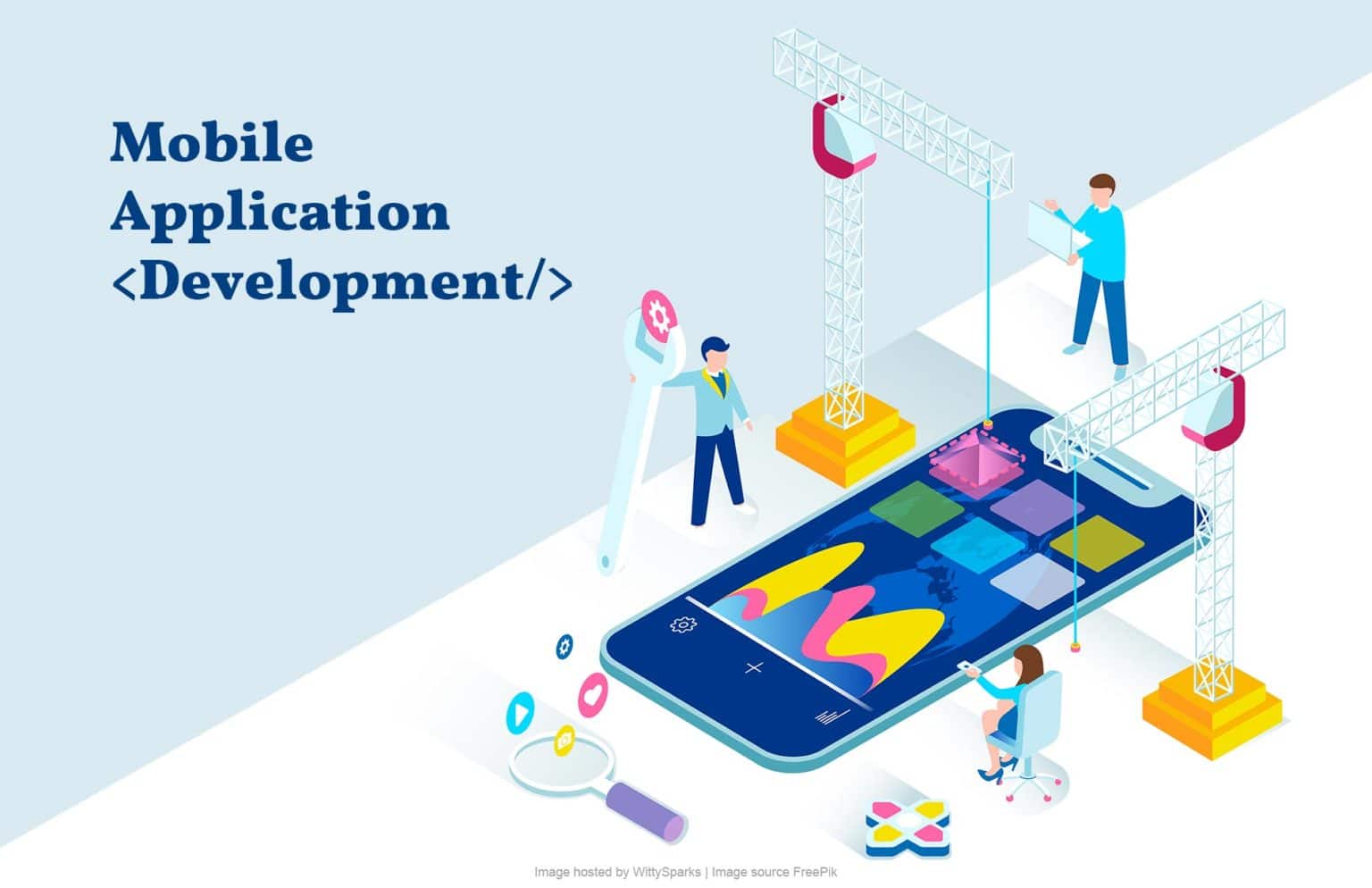Choosing the appropriate web app development technology is a tough task. Wrong selection can drastically affect your project. As Node.js is considered as an efficient cross-platform, JavaScript runtime environment perfect for building scalable and effective REST APIs, desktop and mobile applications etc.
What exactly is this Node.js?
This happens to be a runtime environment and relies on the V8 JavaScript engine of Chrome which assists in applying the JavaScript code server-side. Node.js provides instant two-way interaction between the client-side and server-side. So, it bifurcates the workload between the client and the service provider. If your business needs a customized solution with every incredible feature, making one with Node.js will be erelatively economical from other options.
Usual Place Where Node.js is Used
Node.js is basically used for projects that aggressively utilize JavaScript on their front-end and back-end. Some common areas to use Node.js:
- Real-time chat applications
- Static file server
- Web app framework
- Embedded systems
- Microservices
- Command-line applications
- Automation and Scripting
- Browser games Hardware programming
- Data streaming applications
- Complex SPAs (Single page apps)
Also Read : Python VS Node.js Comparison .
Major Reasons to Select Node.js for Web App Development
1. Share with Ridiculous Ease
NPM (Node Package Manager) can be shared easily by disclosing it. This is exactly why web app development companies opt for Node.js. This expedites several activities involved in a project as well. Several Node.js developers accept this feature to share things easily while working on a similar project. NPM facilitates Node.js developers to deploy the codes easily by revealing them.
2. Offers Great Support
Node.js’s each release gets actively maintained for the next eighteen months from the date of its entry to Long-Term Support. In this duration, no new feature is integrated with the present version whereas all security updates and bug fixes are looked into the development team.
Close to 62% of developers consider long-term support for the web application and Node.js is a good alternative for the developers to maintain with an app.
3. Very Swift
Node.js is quick as it is supported by Google’s V8 engines. In comparison to other development services, it assembles the JS code into the native device and enables it to operate swiftly. This is precisely the reason why enterprise hire more Node.js developers these days globally. PayPal is a fine examples of this.
4. It Permits Smooth Data Streaming
Superior software development requires premium I/O management. This becomes tough with web frameworks that consider HTTP0 responses and requests as total data objects.
This is the where Node.js turns handy as it can handle I/O procedure perfectly by permitting users to transcode media files at the same time when they are getting uploaded.
5. It Enhances Productivity
Node.js has the propensity to increase the output of a development project with regard to its libraries and features. It permits developers to write code smoothly and use single scripting language for both server-side and client-side. You get several tools to lift a web development project’s work rate. US/CA organizations have implemented Node.js into their business plan stated and the same has them increase developer productivity by 68%.
6. It is Very Economical
Web app development with Node.js is not at all expensive. As per studies, organizations using Node.js development require computing potency to host them.
As this is faster than the rest of development frameworks, it can bring down developpment cost by 56 percent.
7. Helps Develop Real-Time Web Apps
Node.js can be beneficial for developers looking to simplify their jobs for real-time app development such as messenger and gaming applications. For web apps requiring a non-blocking and event-based server, the real-time web app is perfect and Node.js comes across as ideal.
8. It Permits Sole Codebase
Node.js helps developers to utilize a single codebase or scripting language to prepare codes for both client-side and server-side of a web development project. This happens to be a challenge for a web development agency. Certain frameworks require several languages for both client-side and server-side. In such a scenario, the organizations have to look for developers with expertise in over a single codebase or else look for 2 kinds of developers for one project.
9. Hosting gets Simple
As several open-source development agencies go for Node.js, the platform is increasing the pace of unleashing new features and including several facilities. This offers incredible support to people involved in offering PaaS (Platform as a Service) services that brings down companies to a single order. This would be the reason why companies prefer Node.js.
10. It is ably backed by a Robust and Huge Community
Node.js has a strong community that is growing in size and stature. As a result of its popularity, there is a large group of developers who are constantly improving of the platform.
This is precisely why professional developers are using Node.js for its tools, libraries, and frameworks.
11. It is in sync with SEO guidelines
SEO is a critical part of web app development. Nobody wants to ignore the same. Node.js’s backend offerings provide increased visibility to sites. This happens as search engines are able to fully extract the React projects. As Node.js has rapid pace and superior performance, it enhances the SEO strategies together with better user experience.
12. It Extracts Developers’ JavaScript Potential Ably
Each developer is aware of writing JavaScript codes despite jQuery plugin being hacked by that JavaScript. Also, using Node.js, a developer can derive maximum out of the smallest skill of JavaScript. This framework relies heavily on JavaScript; so, it is convenient for JavaScript developers to utilize.
13. It Assures Developers’ Availability
With regard to web application development, JavaScript is very elaborate. It operates on desktops through Electron and on mobiles via React Native, PhoneGap, Cordova, etc. and on the server as Node.js. This assists front-end and backend web development agencies to cash in on the available developers with JS skills. And getting maintenance programmers will be convenient going forward.
14. Utilize as a Proxy Server
This is the best part of Node.js. You can extract it for some intermediary administrations alongside comparing the reaction time. You only require a 20-line code for utilizing Node.js as a proxy server. Also, you can utilize stream data from various dependable sources.
15. Employs Web Apps Comfortably
Node.js web apps is deployed with comfort and skills. Through this framework, developers can examine every part of web apps with ease. This framework can be very beneficial for a PWA development agency. The process of finalizing the app for deployment can be boosted by several tools.
Conclusion
These reasons make it apparent that Node.js is an efficient option in building a web application. Your project will be successful without spending too much from your pocket. It facilitates the potential usage of web app for both users and developers.
Also Read : Advantages And Disadvantages Of Node.Js Web App Development
FAQs About Node.js Web Development
What makes Node.js useful for your next project?
Node.js can be used for developing single-page apps, operating classic web applications, facilitating chats, building APIs, proxy deployment, creating dashboards, etc.
How do web app development benefit with Node.js?
There are several benefits of utilizing Node.js for web app development such as enhancing performance, attractive UI, quick loading, mobile-savvy, very-secure, etc.
When do we avoid Node.js?
Node.js cannot be the solution for a web app that merely performs the CRUD operation, simple HTML, and CPU-heavy jobs.
How do you hire Node.js developers for your project?
There are several ways to select Node.js developers for your next web app project via searching on Google, LinkedIn, Clutch, etc. But, if you want a reliable source then come to us.








